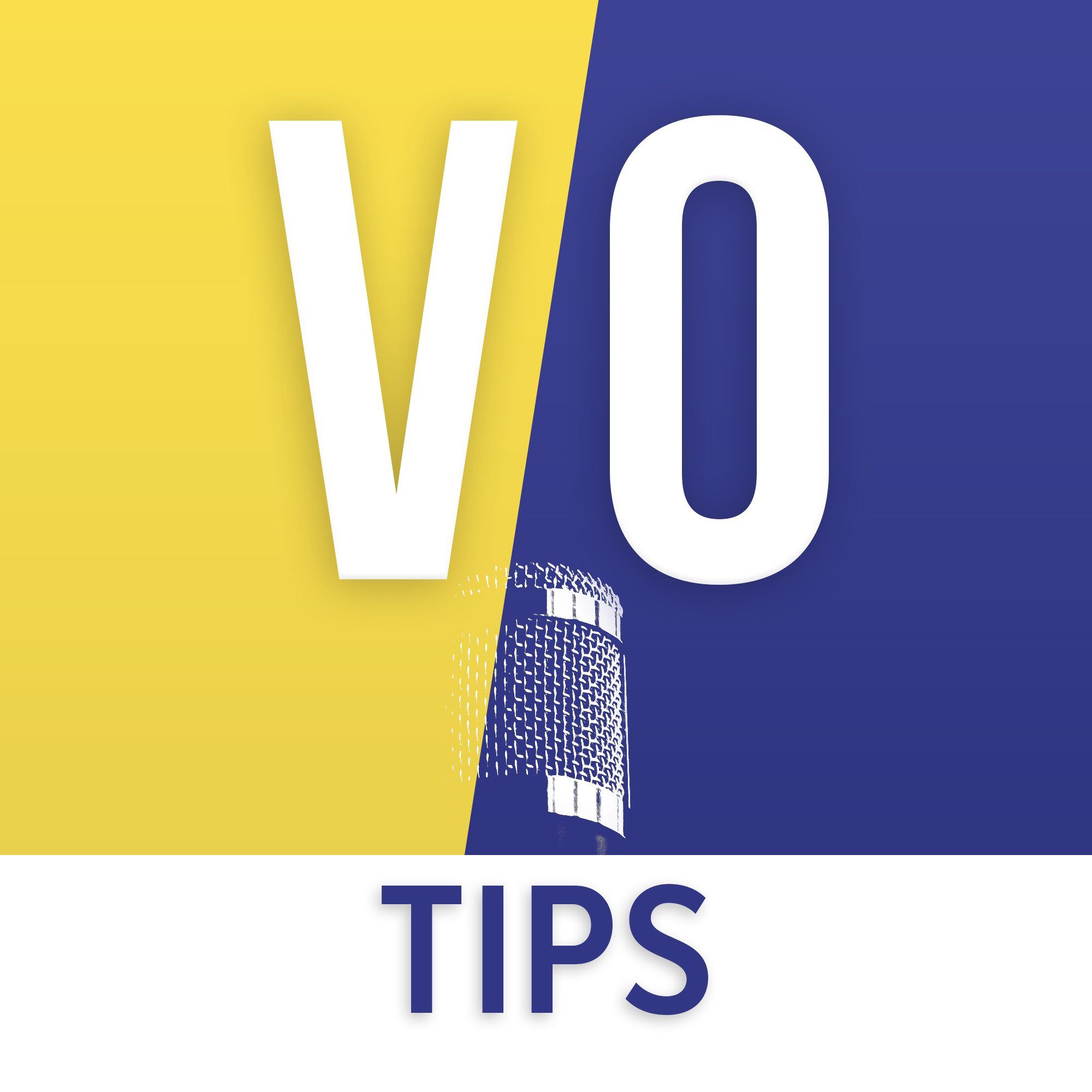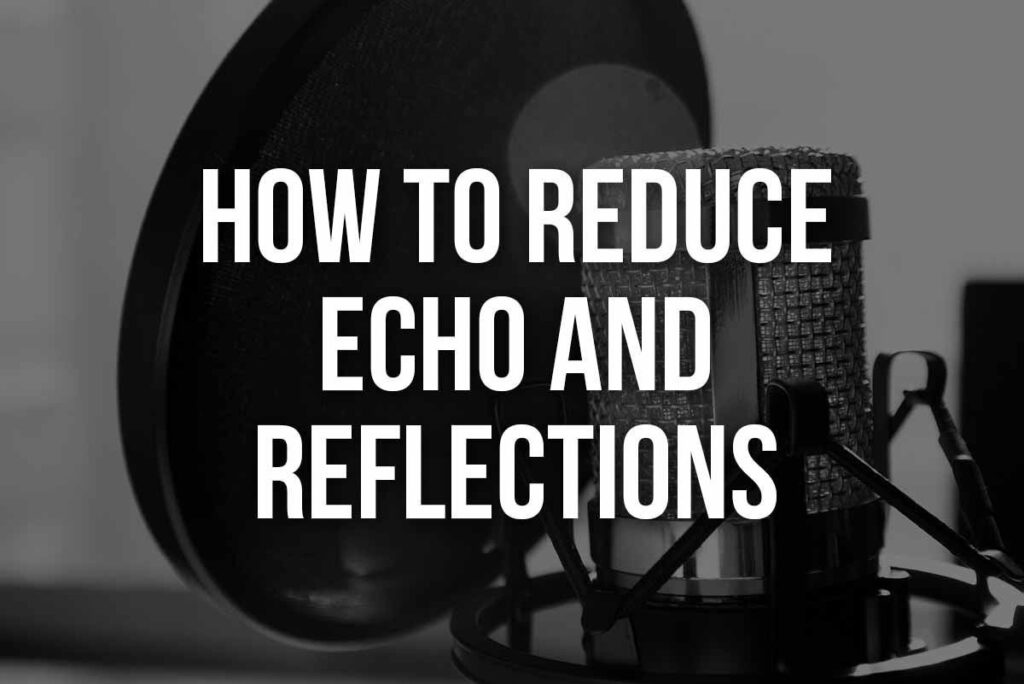Contents
How to Reduce Echo and Audio Reflections While Recording
Introduction
Poor audio quality paves the way to ruin even the best video. No effects or audio design tricks will completely remove audio reflections and echo provide a professional quality finished video if your audio sounds like it was recorded in a bathroom. Have you ever thought about why this is? The primary reason for this is the echo or audio reflections in a room. The obstacle to capturing good quality audio in this situation is an “echoey” atmosphere or the presence of audio reflections in a room.
So, what is an echo or audio reflection? How does the room noise become a negative factor when recording audio? What are the tips to reduce the echo before building a home studio? Are there any unique materials available for the purpose? Let’s dive in.
What is an echo?
The sound entering a microphone can be divided into two types: direct sounds and reflected sounds. The direct sound goes directly from your mouth to the microphone. On the other hand, the reflected sound arrives at the mic after the direct sound, causing echo.
Sound moves in waves. When those waves hit a hard surface like walls, floors, or ceilings, they bounce back. Suppose you are in a closed room with four walls; the sound bounces and repeats back and forth across the room.
Imagine you are saying something loudly standing in the same room. The sound gets back to you, repeats over and over again, and then diminishes. This repetition of sound is known as an echo. Similarly, if there’s a mic between you and the wall, the microphone picks your voice up, then also picks up the sound coming from the walls, creating unwanted echo.
Types of Audio Reflections
In the end, you always want the direct sound to be recorded and – ideally – nothing else. When recording, be it in a home studio or professional studio, different audio reflections can pop up. What are they?
-
Comb Filtering:
The microphone picks up the sound coming directly from you during recording and even records the sound waves reflected off by the nearby walls. As both the direct and reflected sounds combine, there is a conflict of various frequencies, changing the tonality of the recording. This effect is known as comb filtering and can also sound like a phase issue.
-
Flutter Echo:
The sound waves get reflected directly between two parallel surfaces, the opposing walls in a room. Try clapping your hands, and you would hear a clattering sound. This is called flutter echo, which is another issue confronted by voice recorders. It’s a very fast echo.
-
Primary Reflections:
Sound travels quickly. Any reflective surface near the microphone paves the way to more issues as there are the sound waves that bounce initially, less than 20 milliseconds or so after the direct sound. These sound waves are the first reflections.
-
Reverberation:
Like first reflections, there are secondary and tertiary reflections.
Some sounds leave ringing in the room after the direct sound from the sound source stops. This is called reverberation, which tends to compromise the recording clarity. You may hear ‘trails’ on your words.
Golden Rules
Do you want to achieve a perfect echo-free sound while recording? Then don’t forget to follow the four simple golden rules: –
-
Inspect your surroundings
To avoid an audio nightmare, pack your room with furniture to absorb the sound. Fill up your space with couches, rugs, and cushions. Carpeting the entire room is another fix. Consider hanging up blankets, wall hangings, and heavy curtains to the walls and windows. You can even use a muslin or cotton backdrop. Keep in mind that upholstered materials perform a better job at reducing echoes when compared to wood and leather. The softer the surface, the more sound will be absorbed.
-
Unplug noisy electronics:
Turn off the electronic equipment when recording is going on. Refrigerators, air conditioners, and hard drives create unnecessary noises to interrupt the recordings. This isn’t necessarily an echo related issue but will lower the overall noise floor of the room.
-
Microphone selection:
Invest in a shotgun microphone if you want to reduce echoes. Shotgun mics are designed to point directly at the sound source, rejecting unwanted sounds from the surroundings, thus allowing a more focused pickup of the sound source.
-
Microphone placement:
Once you have the right equipment with you, placement is the key to overcome echo while recording. Make sure to place the microphone close to the talent’s mouth. Too far and you’ll pick up too much room noise and reflections. Too close and you’ll hear too much mouth noise and it will sound like you’re speaking inside the listener’s ear.
Methods and Materials
In general, there are two different methods to manage the audio reflections: –
-
Diffusion:
The process of breaking a single sound wave into smaller reflections and separating them in different directions. Any irregular surface can break down the reflections at some point. The goal with diffusion is to point the reflected sound waves away from the mic so they dissipate before hitting the mic.
-
Absorption:
The method of reducing sound energy so that the reflected sound waves are quieter than the direct sound. You can use sound absorption materials placed at the primary reflection spots like walls and hard surfaces surrounding you and the microphone.
Some special materials can disperse sound waves quickly, which stops the echoes from returning to the microphone. The list includes acoustic foam panels, bass traps, and microphone shields.
-
Acoustic Foam Panels:
A popular and cheap material covering up the recording studio walls, the foam panels have irregular surface angles to diffuse the sound waves hitting them. They are usually installed in the center of your sidewalls or ceiling. With a conical or egg crate shape, the acoustic foam is made with open channels. The sound gets in and then moves through the twisted channels bouncing off the internal walls and dropping its energy. The sound reflections bounce around inside the foam so much that they are low-to-no energy before they come out.
-
Bass Traps:
With a misleading name, bass traps do not actually ‘trap bass’ – they are absorption devices. They work in the same way as acoustic foam, but are thicker and are usually placed in corners where the bass frequencies tend to ‘collect’. Low frequency sound also has more energy to begin with. This is why you can literally feel a subwoofer at a concert but not the singer’s voice coming through the speakers. This higher energy requires more material to absorb it, that’s why bass traps are larger and denser than regular acoustic foam.
-
Microphone Shields:
They grant a closer vicinity method of blocking out unwanted echoes. The shields are in different shapes and sizes and are packed with acoustic foam. They are set up a few inches away from the microphone on its back side. The main goal of a mic shield is to block reflections coming from behind the mic. They do have acoustic foam facing the microphone, but the foam is mostly to prevent reflections from the shield itself rather than to absorb external noise.
Conclusion
So, there you have it. You can get am echo-free room for recording if you apply all the methods listed above and put them into action. Make sure your home studio is a place that helps you to work and most importantly, sounds good!

